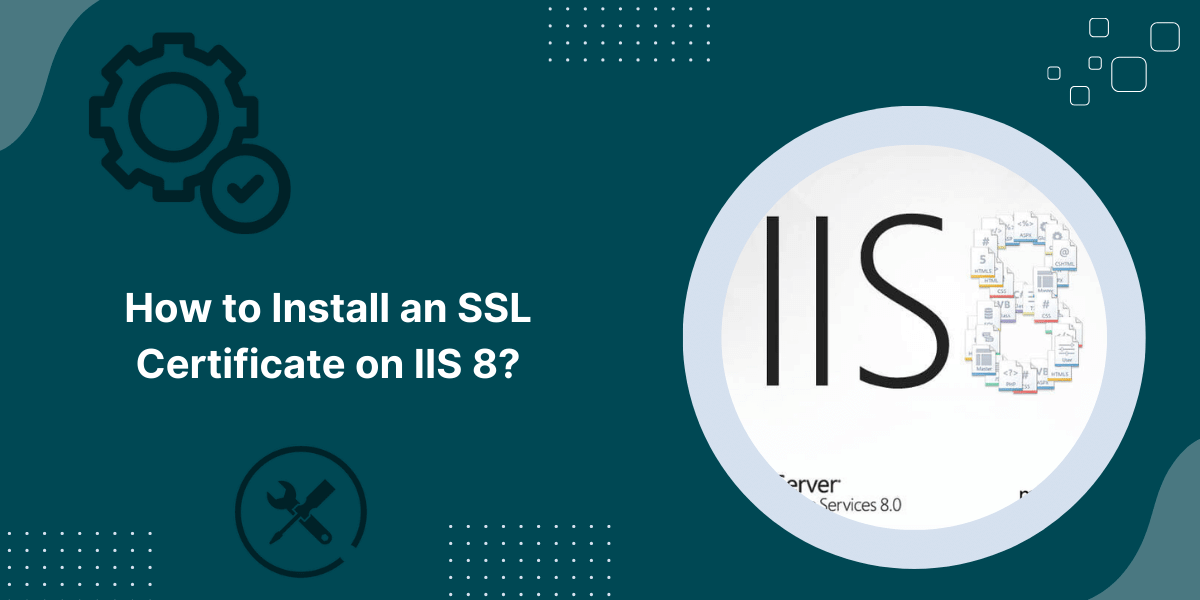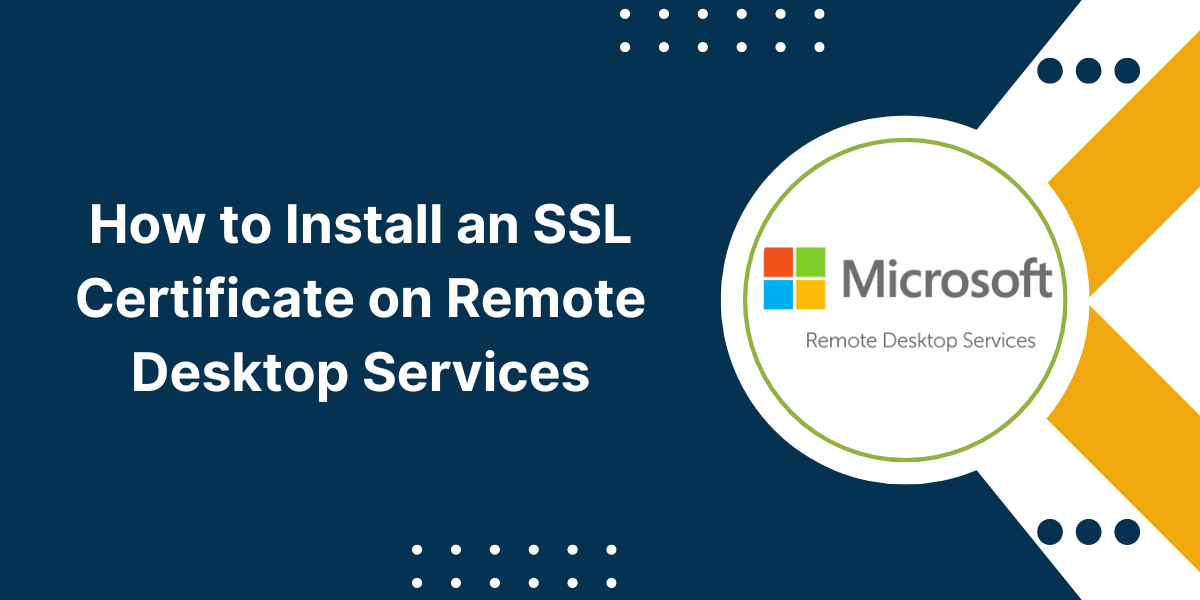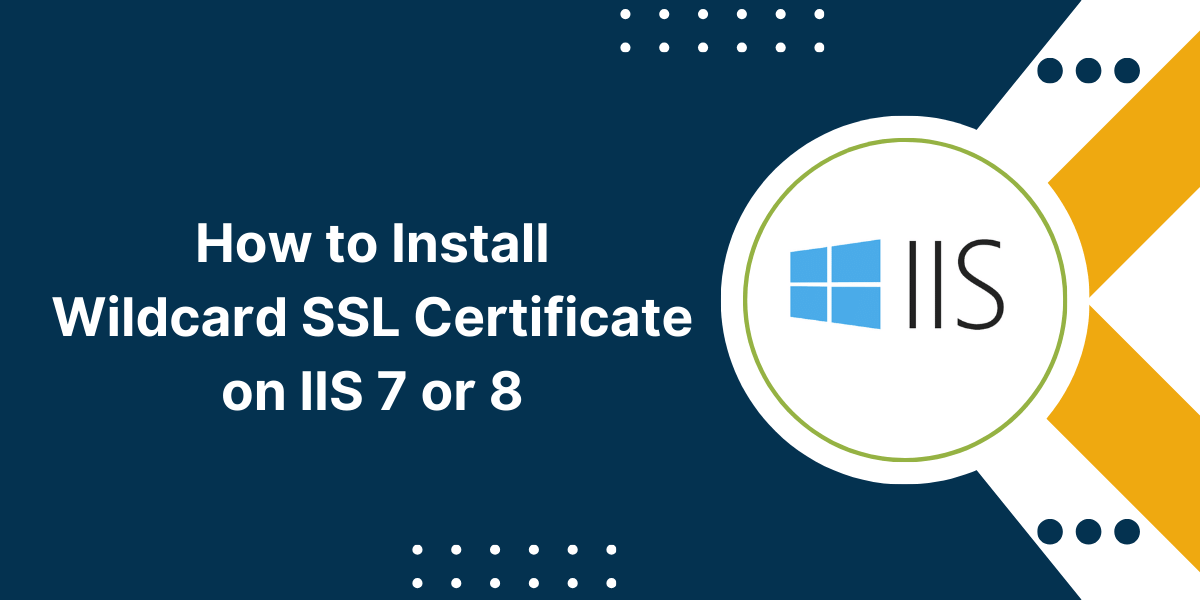SSL Installation Guide: Media Temple GRID
An SSL certificate encrypts the data transmitted between a browser and web server, securing information like login credentials, payment info, and other sensitive data. Installing an SSL certificate in Media Temple Grid allows your site hosted there to switch from HTTP to the more secure HTTPS protocol. This guides visitors that your site is safe to interact with, increasing user trust.
This article will provide a step-by-step walkthrough on installing SSL certificates within Grid sites hosted by Media Temple. We’ll cover purchasing through Media Temple versus using a third-party SSL, uploading certificates, installing on sites and subdomains, and testing functionality. Follow along to secure your Grid site.
Prerequisites before installing SSL Certificate in Media Temple Grid
Before installing an SSL in Grid, you’ll want to confirm:
- You own or manage the domain you want to activate SSL protection for.
- That domain points its DNS records to Media Temple’s Grid servers.
- You have access to the Grid control panel and admin features.
- You have an SSL certificate file and key to upload.
If you don’t yet have an SSL certificate file, you’ll need to purchase one. We’ll cover Certificate Authority (CA) options available through Media Temple versus third parties.
A Step-by-Step Guide to Install SSL Certificate on Media Temple Grid
Purchasing an SSL Certificate
You have two options for acquiring SSL certificates for use in Media Temple Grid sites:
- Purchase directly through Media Temple
- Purchase through a third-party Certificate Authority
Purchasing SSL Certificates Through Media Temple
The easiest option is to purchase SSL certificates directly through the Media Temple control panel:
- Login to the Grid control panel.
- Navigate to Manage > SSL Certificates.
- Click Purchase an SSL Certificate.
- Select what type of certificate you need – Single Site, Wildcard, Multi-Domain, etc based on whether you need to protect just one site or subdomain, or multiple sites/subdomains.
- Enter your domain name details.
- Select desired validation method – HTTP File Validation or Email Validation.
- Enter billing details.
- Confirm order.
Once processing completes, your new SSL certificate and key will appear in Manage > SSL Certificates, ready for installation.
Purchasing Third-Party SSL Certificates
Alternatively, you can purchase SSL certificates through any Certificate Authority (CA) and then upload into Grid:
- Research Certificate Authorities like Digicert, Comodo, GlobalSign and pricing.
- Decide what type of certificate you need based on sites/subdomains to protect.
- Purchase SSL certificate.
- When issued, CA will provide files – Root certificate, SSL certificate, Private key, Intermediate certificates (optionally).
- Upload files into Grid control panel under Manage > SSL Certificates.
Now that you understand SSL purchase options, let’s move onto the installation process within Grid.
Uploading SSL Certificates into Grid
If you purchased an SSL certificate through Media Temple Grid’s control panel, it will already be uploaded and listed under Manage > SSL Certificates ready for installation.
If you obtained an SSL elsewhere, you’ll need to upload it manually:
- Make sure you have the following certificate files on hand.
- Server/Domain certificate – Provides public key used to encrypt data.
- Associated Private Key file – Decrypts incoming encrypted data.
- Root CA certificate – Allows trust confirmation back to issuing Certificate Authority.
- Intermediate certificate files (optional) – Helps browsers trust certificate chain.
- Compress the above files into a single .ZIP archive.
- Login to the Grid control panel.
- Navigate to Manage > SSL Certificates.
- Click Upload Certificate.
- Select your .ZIP file and upload.
- Enter a descriptive title to identify this SSL cert within Grid.
- Select what type of SSL this is – single site, wildcard, etc.
Once uploaded, your SSL certificate and files will appear in Manage > SSL Certificates ready for installation.
Activating SSL Certificates on Sites & Subdomains
With certificates uploaded, it’s time assign them to websites and subdomains hosted in Grid. Let’s go through both scenarios.
Enabling SSL on Primary Domain
If your goal is to switch the primary domain – like https://example.com – from HTTP to a secure HTTPS connection, follow these steps:
- Under Manage > Websites, click your primary site.
- Find the SSL Certificate dropdown and select your recently uploaded certificate.
- Check Enable SSL and Verify SSL Peer.
- Click Update Site Settings to save changes.
That’s it! Your main site domain will now redirect all HTTP requests to HTTPS using your installed certificate.
Quick validation test – Clear browser cookies/cache, then try visiting:
https://example.com
You should see no SSL warnings and confirmation it’s using your recently assigned certificate.
Enabling SSL on Subdomains
If you want to activate SSL protection on just a subdomain – like https://blog.example.com – while keeping main domain HTTP-only, follow these steps:
- Under Manage > Websites, click your primary site.
- Below Subdomains, click Create Subdomain.
- Enter the desired subdomain name (e.g. blog).
- Select your recently uploaded SSL certificate from the dropdown.
- Check Enable SSL.
- Click Create New Subdomain.
Repeat steps for any other subdomains needing SSL protection.
To validate, clear your browser cache then visit the HTTPS subdomain – https://blog.example.com. It should securely load without warnings, confirming the installed certificate is active.
Account-Level SSL Activation (Forced HTTPS)
One last option is enabling a Grid-level setting to force ALL sites under your account to use HTTPS, regardless of whether they have assigned certificates. This essentially redirects HTTP > HTTPS for all domains.
To enable this, Under Manage > Account Settings:
- Check Force SSL on All Sites.
- Hit Update Account to save.
Now even sites without dedicated SSL certificates will get HTTPS redirection using Grid’s default certificate for encryption.
Important: Forced HTTPS should generally be avoided outside testing. It can break functionality expecting non-secured HTTP resources. Only enable after confirming sites work properly over HTTPS.
Updating Expired Certificates
SSL certificates have 1-year lifespans by default. You’ll need to renew and reinstall updated certificates annually to maintain trust and encryption.
If using MediaTemple SSLs, they can be set to auto-renew each year without effort.
For third-party certificates, you’ll need to manually renew, and upload updated certificate files when they expire.
Be sure to check certificate expiration dates occasionally and complete renewals before they lapse. Expired certificates will cause SSL errors and warnings.
The SSL certificate is now installed on your Zimbra server. You can verify it is active by going to Configure > Certificates and selecting your domain.
Testing & Troubleshooting SSL Functionality
Once SSL installation is complete, test everything is working properly with encryption enabled and no browser warnings:
- Try loading sites over HTTPS rather than HTTP.
- Confirm valid certificate shows in browser URL bar with no errors.
- Verify certificate contains correct domain details.
- Check sites load properly and don’t experience any functionality issues.
Here are some common problems and fixes when testing new SSL certificates:
Mixed Content Warnings:
This means webpage loads insecure HTTP resources while on a HTTPS page – including images, scripts, stylesheets and more. Fix by updating all asset references/embeds to use relative HTTPS URLs.
Site Failing to Load Entirely:
This typically occurs when enabling forced HTTPS without first testing sites works properly over SSL. Fallback to HTTP by disabling forced HTTPS under account settings.
Browser SSL Warnings:
If certificate warnings show on a domain supposedly using an SSL cert, verify correct certificate was installed on the site subdomain experiencing issues.
HTTPS Resource Loading Issues:
Occasionally HTTPS causes conflicts with functionality expecting non-encrypted HTTP connections. Try disabling SSL on problematic subsections and accessing them directly via HTTP, if possible, to isolate issue.
Can’t Get HTTP > HTTPS Redirects Working:
Double check Enable SSL is checked for main site and/or subdomains expecting redirects. Toggle setting off/on to verify change replicates issue.
If troubleshooting steps don’t resolve warnings or site problems, contact Grid support for further assistance diagnosing and fixing SSL issues.
Conclusion
Installing SSL certificates provides enormous security and credibility benefits for websites and applications hosted in Media Temple’s Grid environment. By following this step-by-step guide, you can configure HTTPS encryption for your sites by either leveraging Grid’s built-in SSL purchase options or manually uploading third-party certificates.
Be sure to test all functionality after installing certificates and toggle on forced HTTPS at the account level cautiously. Keep certificates renewed annually prior to expiration dates falling too avoid lapses in protection.
In the end though, SSL configuration is quite painless through Grid’s friendly control panel. So don’t delay – deploy trusted certificates to harden security and reassure more visitors today!
FAQs and Key Takeaways
Here are some frequently asked questions and key points when installing SSL certificates within Media Temple’s Grid platform:
What are the benefits of adding SSL certificates to my Grid site?
Installing SSL certificates enables HTTP to HTTPS encryption. This secures all data transmission between browsers and your site server. It confirms site legitimacy and allows safe collection of sensitive user data. This increases visitor trust and engagement.
What domain validation methods are available?
Grid SSL certificates use email validation by default – approval emails get sent to WHOIS contacts. If preferred, you can request HTTP file verification which requires uploading confirmation TXT records.
Do Grid wildcard SSL certificates cover multiple subdomains?
Yes, Grid wildcard SSLs secure unlimited subdomains of the root domain they get issued for (e.g. *.example.com). You just need to assign the wildcard certificate specifically to each new subdomain you create.
Can I use free SSL certificates from Let’s Encrypt?
Yes, Media Temple Grid allows use of third-party SSL certificates, including free options like Let’s Encrypt. Simply generate your certificates externally and manually upload private keys + other certificate files into Grid.
Can I install SSL certificates on just some of my Grid site subdomains?
Definitely. Grid allows granular control over what sites and subdomains get SSL certificates assigned. You can enable HTTPS on just a few subdomains while leaving others HTTP-only if preferred.
Is there a limit to number of SSL certificates I can upload?
No strict limits are enforced, but each SSL certificate upload does count against your overall storage allocation. Contact Grid support if you need storage increases to accommodate more SSL certificates.
What’s the process if my SSL certificates expire?
You’ll need to renew and upload new certificate files periodically before old ones expire. MediaTemple SSLs offer auto-renewal. For third-party certificates, you manage renewals manually yourself in most cases.
The process for installing SSL certificates on Grid sites involves first purchasing certificates either directly through Media Temple or via third-party CAs, uploading certificate files into Grid, assigning them to sites/subdomains, testing functionality, and keeping certificates renewed periodically.
Proper SSL configuration allows switching sites from insecure HTTP to encrypted HTTPS protocol for security and trust. Reach out to Grid’s excellent support team for any other questions when enabling SSL protection.



